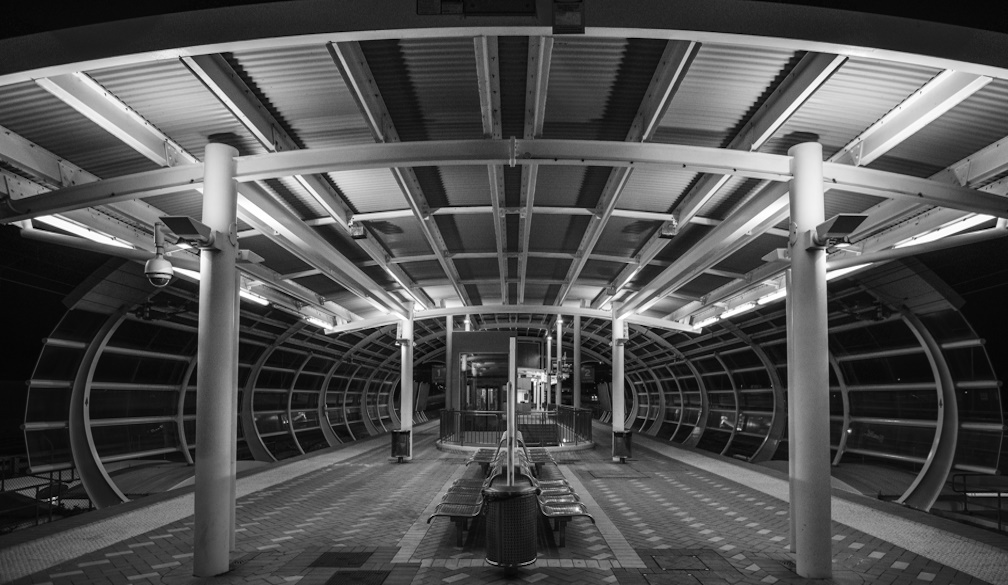How Is the Creative Vision of an Industrial Photographer Different?

Industrial photography is a genre that combines art and technical skill. It differs from other photography genres because it embodies and represents a specific industry. It captures machines, workers, and processes in a visually pleasing manner. Unlike other photography styles, the very nature of this niche calls for a unique lens. Knowing the technique gives us an idea of how photographers make industrial environments lively.
Understanding Industrial Photography
Industrial photography in Sydney provides an insight into industrial settings and processes. The design clearly expresses the complexity of tools, the industry's precision, and the labour's effort. Technical skills and a good eye for aesthetics are required for photography of this kind.
While documenting the functionality of different photography equipment is a significant part of photography, relating it in a manner that is not boring is the other half of the battle.
The Role of Creativity
A key component of industrial photography is creativity. Photographers must make events look exciting, even if everyday life in any industry seems mundane. When captured beautifully through a camera, machines in industrial plants can come alive.
Photographers are frequently required to work in challenging climates, where the lighting conditions might not be as good as needed. And that is where their creativity shows, especially when they use the existing sunlight or introduce artificial lights to improve the scene.
Unlike traditional forms of photography, where subjects may or may not pose, industrial photographers shoot natural actions. They need to predict movements and changes in the environment to capture the right moment. This requires one to adopt an agile and creative mind.
Technical Expertise
Creative abilities are significant, but so are technical skills. Industrial photographers need to be aware of the complexity of most machinery and processes. Knowledge of different industrial sectors enables them to capture photographs depicting their essence. They must learn to use specialised equipment such as wide-angle lenses or drones to gain the necessary perspective.
Safety is another critical aspect. Photographers who operate in these environments must follow many safety protocols, as industrial settings can be dangerous. This awareness allows them to remain safe and keep people around them safe during photoshoots.
Storytelling Through Images
While industrial photography often features machines, it is really a narrative tool. Every image should say something like innovation, efficiency, and dedication. While the human element, such as workers at work, is frequently the primary focus of photographers, this human element enhances the quality of the pictures. Such images become relatable and more appealing.
Every photograph has a story behind it, which is as important as the actual photograph. Photographers study the industry and its mechanics. They leverage this knowledge to emphasise things that may not be readily visible to others. This is the result of understanding things more deeply than the rest.
The Unique Challenges
Many unique challenges must be solved in industrial photography settings. One is lighting, as many industrial sites do not get any sunlight. Due to inadequate lighting, photographers must adapt and use creative lighting solutions, create portable lighting setups, and find ways to bring out the best in every shot.
In addition, there are problems of limited space. Space can be at a premium within an industrial site, meaning photographers might need to squeeze into tight spots. Customisation is also essential to stay flexible and find creative angles.
The Impact of Technology
While industrial photographers have been around for some time, their operations have evolved alongside technological advancements that have heavily influenced industrial photography. The changes in digital cameras and photo-editing software have allowed photographers to enhance their work. Drones can capture aerial shots and capture entire facilities.
Of course, technology is only a tool. At the heart of great industrial photography is a photographer's creative vision. What makes these photographers even more special is that they can see past the machinery and capture the feel and vibe of the industry.
Conclusion
An industrial photographer’s creativity is different from that of other photographers. This field blends creative aspects with technical excellence to convert a mundane industrial setting into an intriguing visual story. Photographers can tell compelling stories when they understand the industry and its workings.
Their art reveals the beauty hidden in industrial areas and shows every machine and worker's ingenuity and hard work. Industrial photographers offer a unique perspective on factory sites, giving industries a fresh, fascinating look.

















